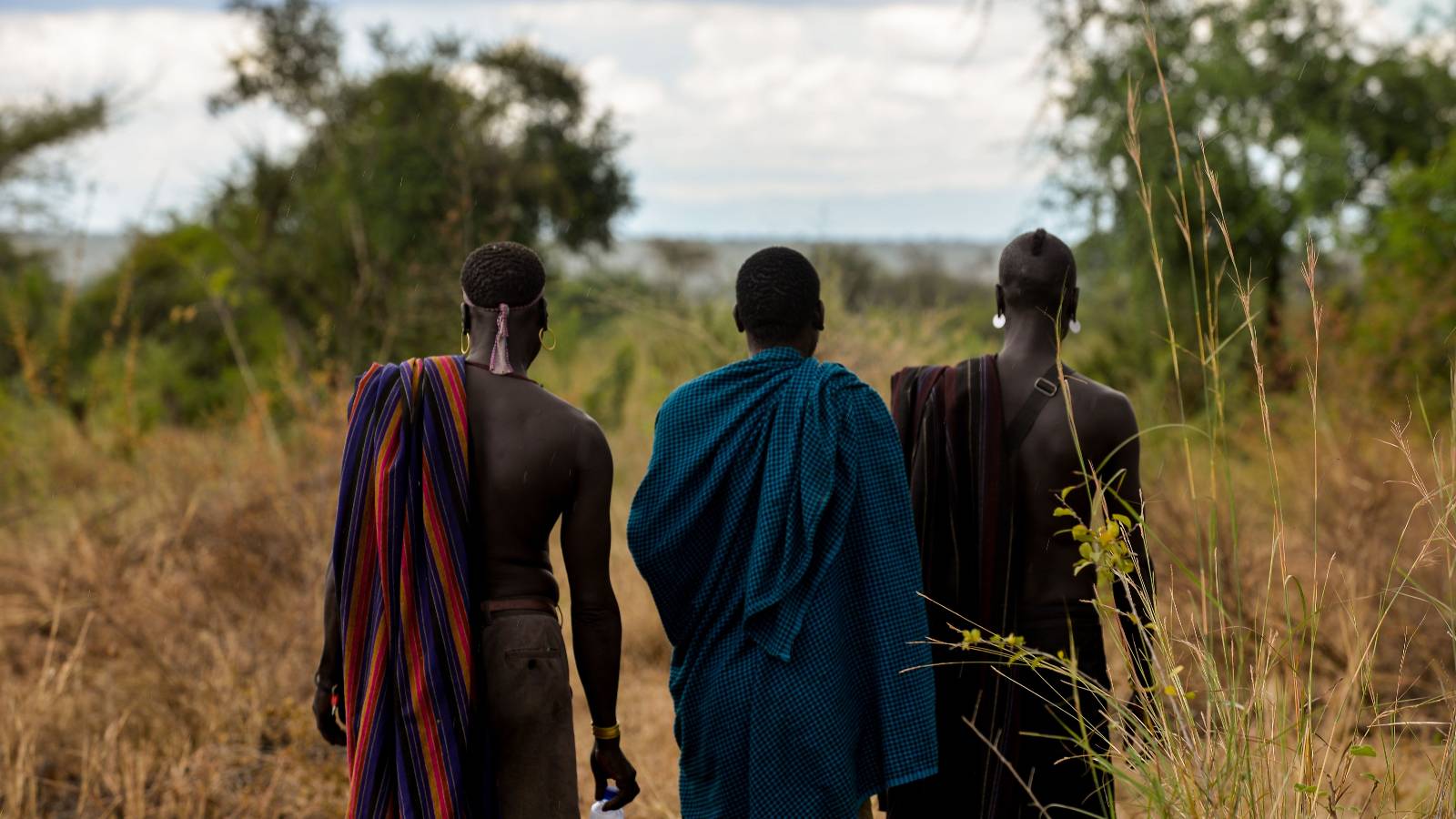
New research from the Swedish University of Agricultural Sciences identified a key to successful forest restoration: long-term, local management by indigenous peoples or local communities. The more formalized the land tenure rights, the better the outcomes. Research shows this Indigenous and rural communities are the best stewards of the forests they live in, but the study’s new finding is that community-managed forests produce better, more positive outcomes for both environments and social outcomes.
“Where people depend on forest resources for a range of livelihoods, like firewood, timber, food, various things, they often have an incentive to take care of those forests. It’s actually quite simple,” said lead author Harry Fischer. “When you give communities the opportunity to manage in those ways, you will often see better outcomes.”
Forest restoration is a critical tool for mitigating global climate change, and is particularly important for the 1.8 billion people who live in, and rely on, forests for their livelihoods. Restoration projects have historically prioritized environmental outcomes, such as planting trees to improve biodiversity, or monetizing carbon sequestration through carbon credit schemes. But typically those interests take precedence over the interests of local communities. The authors argue that a locally focused, rights-based approach means that those interests need not be mutually exclusive.
The study analyzed data collected by the International Forestry Resources and Institutions over three decades, from 314 community-managed forests, across 15 nations in Asia, Africa and Latin America. Researchers wanted to understand what the best forests had in common to better inform future restoration efforts. The study focused on tropical ecosystems due to the high prevalence of forest restoration efforts in these regions, such as the Trillion Trees Project and others tree planting initiatives. Common measures for successful forest restoration include healthy biodiversity, such as planting trees or stopping deforestation, climate change mitigation services, such as carbon sequestration and carbon credits, and improved livelihoods for local communities in the form of access to forests for food and housing. But the forests with the best results on all three measures were those where local communities set the rules for forest management.
Fischer and the other researchers’ criticism of those efforts is that they are target-based. Forest projects that have focused on planting trees or selling carbon credits have concentrated benefits in those areas, but poor performance in other areas, especially when it comes to improving the livelihoods of local people. This means that while those projects may be good on paper for international conservation groups or investors, they do not provide positive spillover effects to the people who live there.
“What we’re saying in our study is, ‘OK, planting trees is not bad,'” Fischer said. “Giving power to local people is going to be more efficient in the long term. If they have power, the interventions will be more legitimate. They’re going to have more local buy-in for that.”
But that transfer of power is not enforced. Additional reports shows that the world remains off track to reverse forest degradation and achieve decarbonisation goals – partly because of a failure to work with indigenous people or local communities, or to recognize their rights. A study earlier this month from the Forest Declaration Assessment, a nonprofit that tracks forest conservation efforts, analyzed the National Biodiversity Strategies and Action Plans of 27 countries with significant forest ecosystems and indigenous populations. According to the study, those plans to establish national conservation efforts had gaps where indigenous peoples were performatively included or left out entirely. Less than a third of those countries involved indigenous people when developing their plans.
Levi Sucre Romero, coordinator of the Mesoamerican Alliance of Peoples and Forests and co-chair of the Global Alliance of Territorial Communities, says this low rate of inclusion is one of the critical issues on the table at COP28 in Dubai.
“It implies that decisions are still made from desks, from cities, for a matter as crucial as forests and those of us who live and protect those forests are not taken into account,” said Romero. “The world’s rulers need to hear that they can no longer keep making promises about the problem of climate change if they are not going to keep them.”
Fischer says that a forest restoration approach that prioritizes local livelihoods instead of making them a secondary benefit will take time – but will, on average, generate the best results for both environmental and social issues.
“If we’re going to have participation, let’s do it in a way that really redistributes power over a long, long period of time,” Fischer said. “[Then]are people able to actually drive and get exercise, and these practices become institutionalized over time.”



